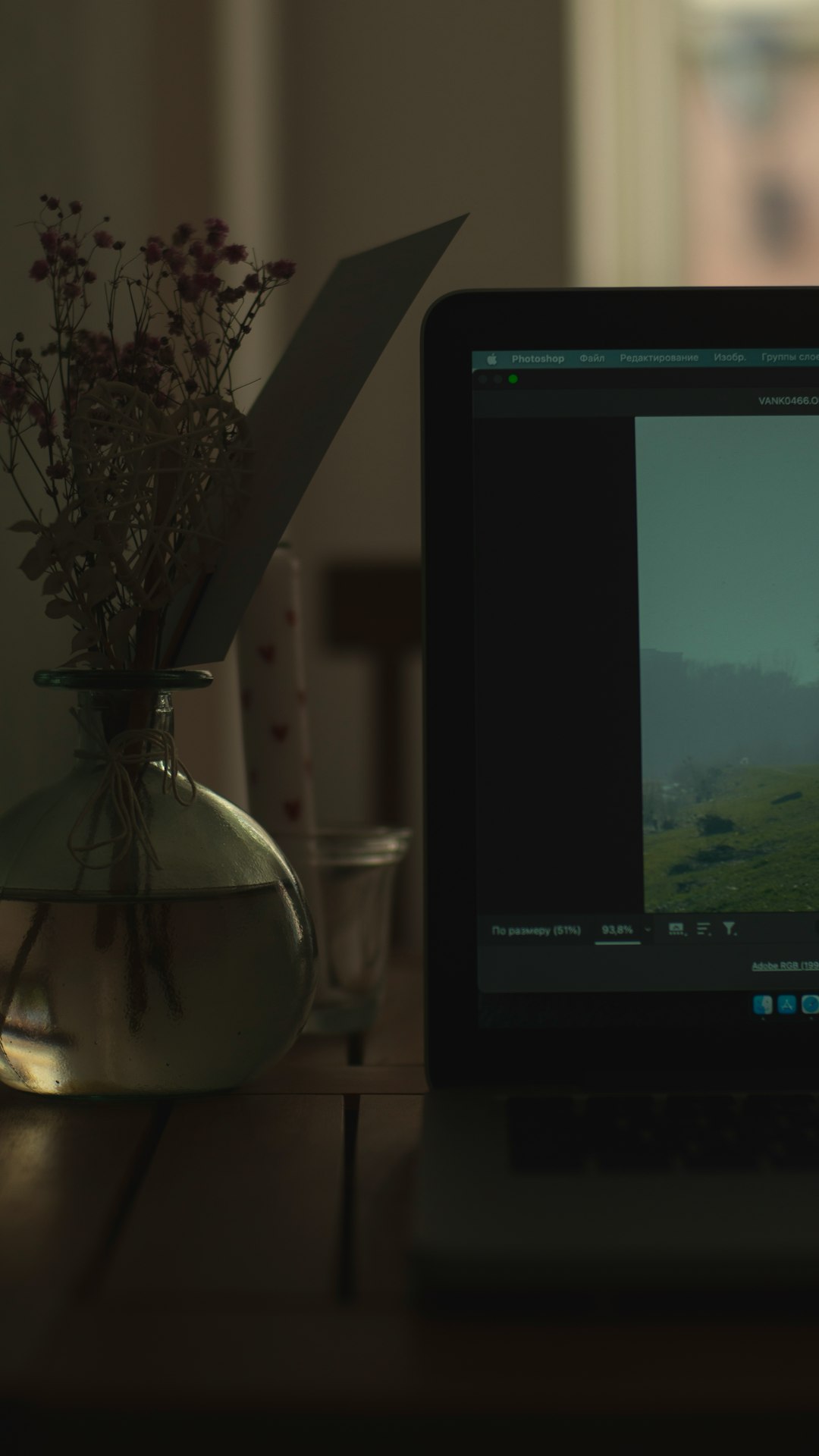Video editing is both an art and a technical service that requires skill, time, and the right tools. Whether a freelancer or a video production agency, knowing how to quote video editing services accurately is vital for successful business operations. Giving a proper quote not only ensures fair compensation for the work but also communicates professionalism and transparency to your clients.
Quoting video editing involves several important factors that influence the final price. These include the amount of raw footage, the type of editing required, turnaround time, and any additional services such as animations or sound design. Understanding these elements helps service providers create detailed and transparent price quotes tailored to each client’s needs.
Key Components to Consider When Quoting Video Editing
When preparing a quote, it’s helpful to break down the services and associated costs. This makes it easier for the client to understand exactly what they are paying for. Here are the most common components:
- Raw Footage Length: The longer the footage, the more time it takes to review, cut, and edit. Rates may vary per hour of raw footage.
- Final Video Length: Creating a 30-second commercial versus a 10-minute video involves different levels of effort and pricing.
- Editing Complexity: Simple cuts and transitions cost less than projects requiring color grading, special effects, or audio synchronization.
- Turnaround Time: Rush orders demand additional working hours and may carry a premium rate.
- Deliverables: Clients may want various video formats, social media cuts, or subtitle versions, all of which should be reflected in the quote.

Pricing Models
Video editors typically use one of several pricing models. Choosing the right one helps ensure fair compensation and manageable client expectations.
- Per Hour: Common in freelance work where project scope is uncertain. Hourly rates can range from $25 to $100+, depending on experience.
- Per Project: Great for clearly defined jobs with specific deliverables. Ideal for promo videos, event recaps, or tutorial series.
- Package Deals: Editors may offer packages such as “Basic”, “Standard”, and “Premium”, each with defined services and price points.
- Monthly Retainer: Regular clients may prefer a retainer, ensuring consistent service and revenue.
How to Create a Clear Quote
A professional quote should be well-organized and easy to understand. Use clear headings, itemized lists, and transparent pricing. A good video editing quote might look something like this:
- Project Name: Summer Promotion Video
- Raw Footage: 2 hours
- Expected Final Video Length: 90 seconds
- Editing Services: Basic cutting, transitions, royalty-free background music, text overlays
- Turnaround Time: 7 business days
- Total Quote: $450
Always mention terms and conditions, such as the number of allowed revisions, payment terms, and timelines. This helps prevent disputes and builds trust.

Tools to Help with Quoting
Several tools can simplify the quoting process:
- Online Estimators: Some websites offer quote calculators based on input like video length and complexity.
- Invoice Software: Programs like FreshBooks or QuickBooks help create formal quotes and track payments.
- Templates: Customizable quote templates in Word, PDF, or Excel can make the process quicker and more uniform.
Conclusion
Quoting for video editing isn’t one-size-fits-all. It requires a good understanding of the project requirements, available resources, and client expectations. A well-structured quote not only showcases professionalism but also sets the tone for a successful collaboration. As the demand for video content continues to grow, mastering the quoting process can significantly elevate a video editor’s business prospects.
FAQs
- Q: What is a fair hourly rate for video editing?
A: Rates vary by experience and region but typically range from $25 to $100+ per hour. - Q: Should the quote include music licenses?
A: Yes, if royalty-free music or sound effects are included, the cost should be part of the quote or clearly noted as an extra. - Q: How many revisions should be included?
A: This depends on the agreement, but usually 1–2 revisions are included. Additional edits may come at extra cost. - Q: How do I explain higher prices for complex edits?
A: Break down the time and resources required, and include examples of similar work to show value. - Q: What’s the benefit of packaged pricing over hourly rates?
A: Packages offer clarity and predictability for both the client and editor, while hourly rates can be less predictable if the project scope changes.
